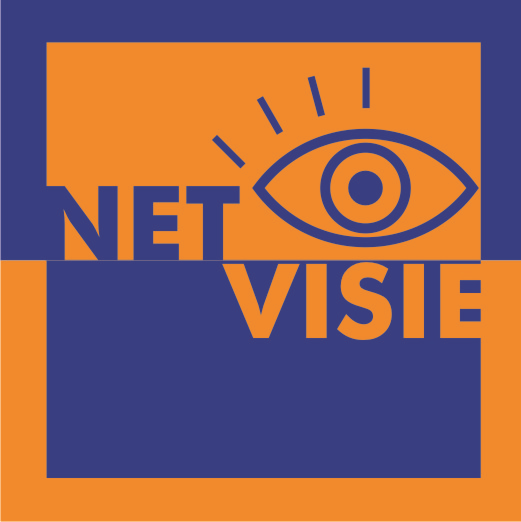IT security management
Here’s an overview of key components and concepts in IT security management:
1. Risk Management:
Risk Assessment: Identifying and evaluating potential risks to IT systems and data.
Risk Mitigation: Developing strategies to reduce or eliminate identified risks.
Risk Monitoring: Continuously assessing and managing risks as the IT environment evolves.
2. Security Policies and Procedures:
Policy Development: Establishing guidelines and rules to govern IT security.
Procedure Implementation: Outlining step-by-step processes for various security tasks.
3. Access Control:
User Authentication: Verifying the identity of users before granting access.
Authorization: Assigning appropriate levels of access based on roles and responsibilities.
Account Management: Monitoring and managing user accounts to ensure security.
4. Security Awareness and Training:
Employee Education: Providing training to staff on security best practices.
Security Awareness Programs: Raising awareness about common threats and vulnerabilities.
5. Incident Response:
Planning: Developing procedures to respond to security incidents.
Detection and Reporting: Identifying and reporting security incidents promptly.
Investigation and Recovery: Analyzing incidents, mitigating damage, and recovering systems.
6. Network Security:
Firewalls: Implementing barriers to filter and control network traffic.
Intrusion Detection/Prevention Systems (IDS/IPS): Monitoring and preventing unauthorized access.
Virtual Private Networks (VPNs): Securing communication over networks.
7. Endpoint Security:
Antivirus and Antimalware: Protecting individual devices from malicious software.
Device Encryption: Securing data on computers, smartphones, and other devices.
8. Security Auditing and Monitoring:
Log Management: Collecting and analyzing system logs for security events.
Security Audits: Regularly reviewing and assessing the effectiveness of security controls.
9. Security Architecture:
Designing Secure Systems: Incorporating security measures into the architecture of IT systems.
Security Components: Utilizing technologies like encryption, secure protocols, etc.
10. Compliance:
Adhering to Regulations: Ensuring that the organization complies with relevant laws and industry standards.
11. Security Incident Reporting and Communication:
Communication Protocols: Defining how and when to communicate security incidents.
Coordination with Stakeholders: Collaborating with internal and external parties during incidents.
12. Continuous Improvement:
Security Audits and Assessments: Regularly evaluating and enhancing security measures.
Adapting to Emerging Threats: Staying informed about new threats and adjusting security strategies accordingly.
Effective IT security management requires a holistic and proactive approach to safeguarding information assets in an ever-evolving threat landscape. It involves a combination of technological solutions, policy enforcement, user education, and continuous monitoring and improvement.
